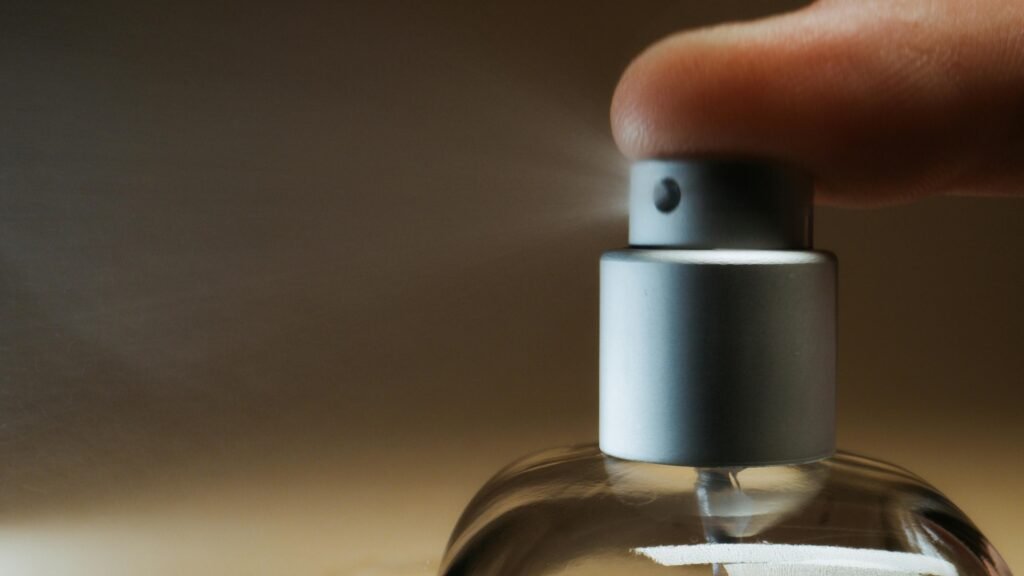Perfume is not just an aesthetic idea; it is an outward expression of oneself and one’s moods. Understanding how to apply perfume ensures it can work too, thus leaving an indelible impression—a complete guide on how to apply perfume.
1. The choice of fragrance
One should first choose the fragrance for the occasion and oneself before applying perfume. There are a few factors to consider:
Occasion: A light floral/citrus scent for daytime/casual events designed for evening/formal doings.
Season: Light fruity scents work well in spring and summer and warm spice for fall.
Preference: Select those fragrances that you identify yourself, be sweet, spicy, or earthy.
2. The Skin-Preparation
Among the many tricks to ensure your fragrance holds, applying it to well-moisturized skin ranks highest on the list. That’s where you’ll find a few tricks:
Moisturizer: Apply an unscented lotion or a lotion that matches your perfume before application. This helps to lock in the scent.
Shower first: Clean skin holds fragrance. Consider applying perfume after a shower for best results.
3. Know Where to Spray:
Perfume should be applied to the pulse points where your body heat diffuses the scent all day long. A few of the commonly used pulse points are as follows.
Wrists-a little spritz on each wrist.
Inner elbows-it is a tiny weird place, but it holds a scent well and carries that secret touch with ease. Behind the knees-of course, this is an obscure place, thus it will leave a soft, quiet signature.
4. Application Technics
It may sound strange to realize this, but the application it is applied will influence the perfume, how it smells, and much more in the way perfumers will retain when remaining on the body. The techniques are as options.
Do not rub: Once sprayed onto the wrist, always let the fragrance dry on its own without rubbing the wrists together, as that changes the aroma.
Layering: To get an enhanced stronger and richer fragrance, layer a light fragrance with a heavier one. Start by applying first the lighter scent on the skin, then layer up with a stronger one on top.
5. When to Reapply
You will have to apply once again, say, the eau de toilette and eau de perfume depending on how strong the perfume is. Here are some signs to refresh your perfume.
Light Scents: These fresh-scented perfumes last about 4-6 hours at best, so you may want to check in for a refresh around that time.
6. Store Your Perfume Properly
Proper storage is critical to maintaining the integrity of your fragrance:
Cool and Dark: Store perfume in a cool, dark area away from direct sunlight and heat, conditions that would degrade and break down the scent.
Cap on: After each use, ensure you always snap the sprayer cap tightly closed to avoid exposing the perfume to the air.
7. Know its Lifespan
The perfume starts to change over time as it interacts with your skin chemistry. With that knowledge, you should now know about its different notes:
Top Notes: The first scent that you will get once it is sprayed, is typically light and refreshing.
Middle Notes: The heart of the fragrance that develops after the fade of top notes, could take a few hours.
Base Notes: Those last in a fragrance, following the middle notes, and thereby adding depth and richness.
Conclusion
Using perfume is an art and an expression of self. With the choicest scent, the art of application, and knowing how the scent interacts with the skin, you can create a signature fragrance experience to make your aura even brighter. Feel free to experiment with different application techniques and fragrances until you find what feels best for you. Practice makes perfect, and soon you’ll be able to master perfume application while at the same time bringing elegance and individuality to your day. Happy scenting!

